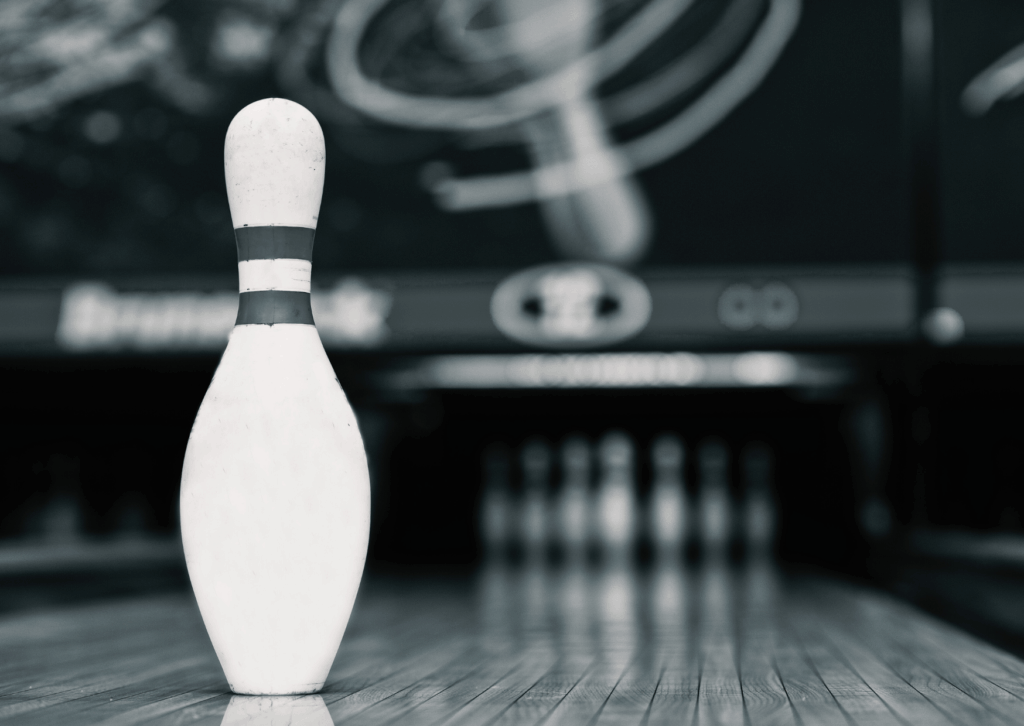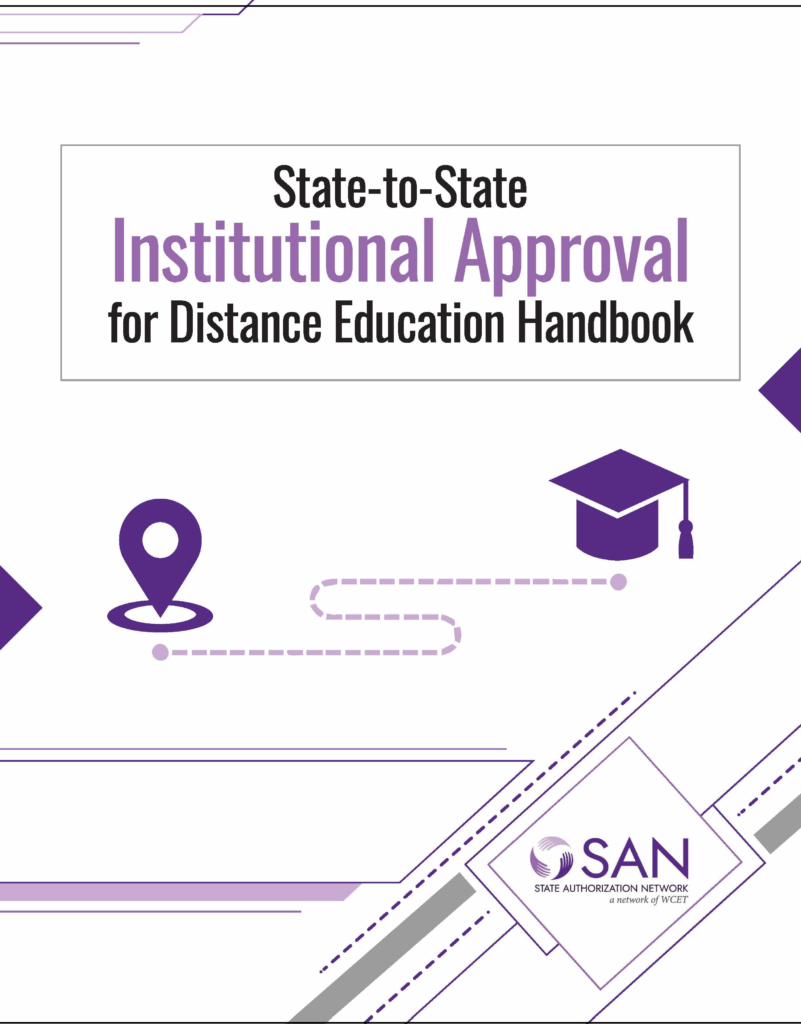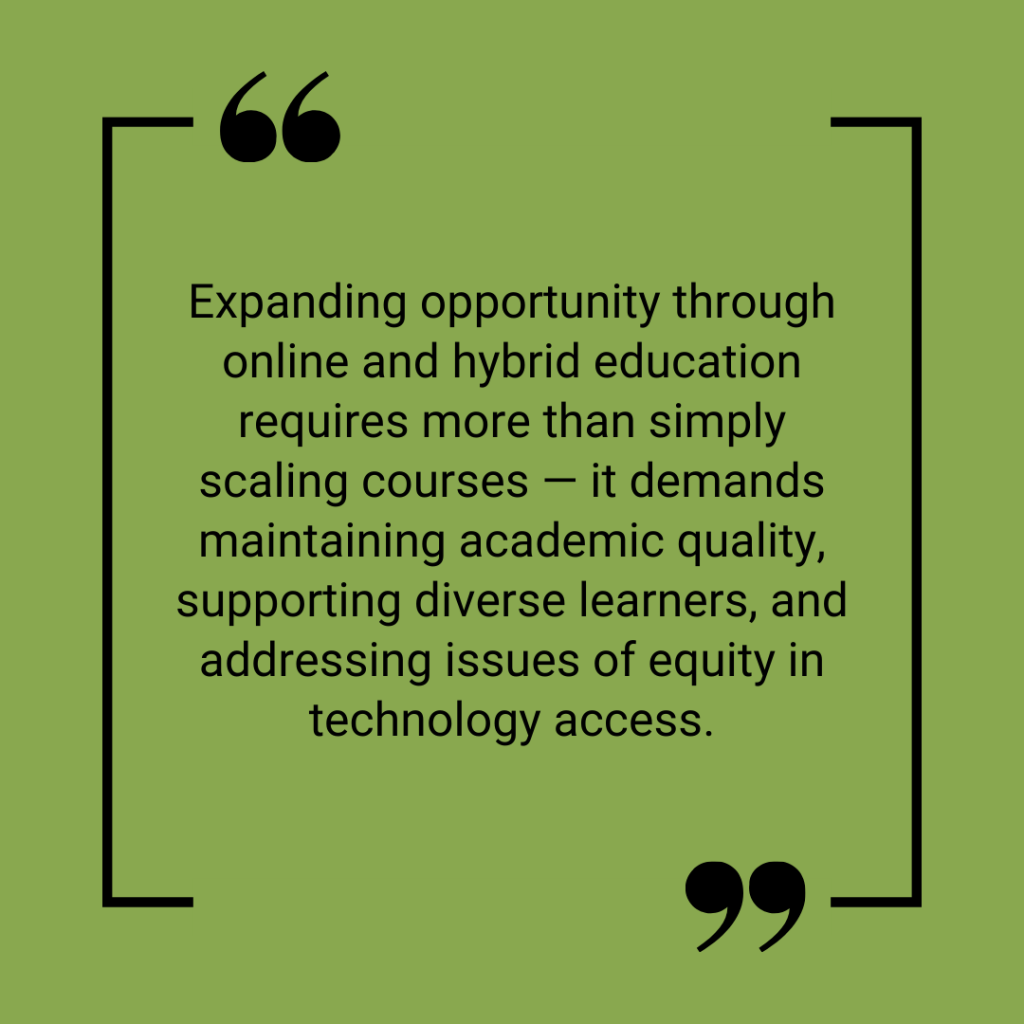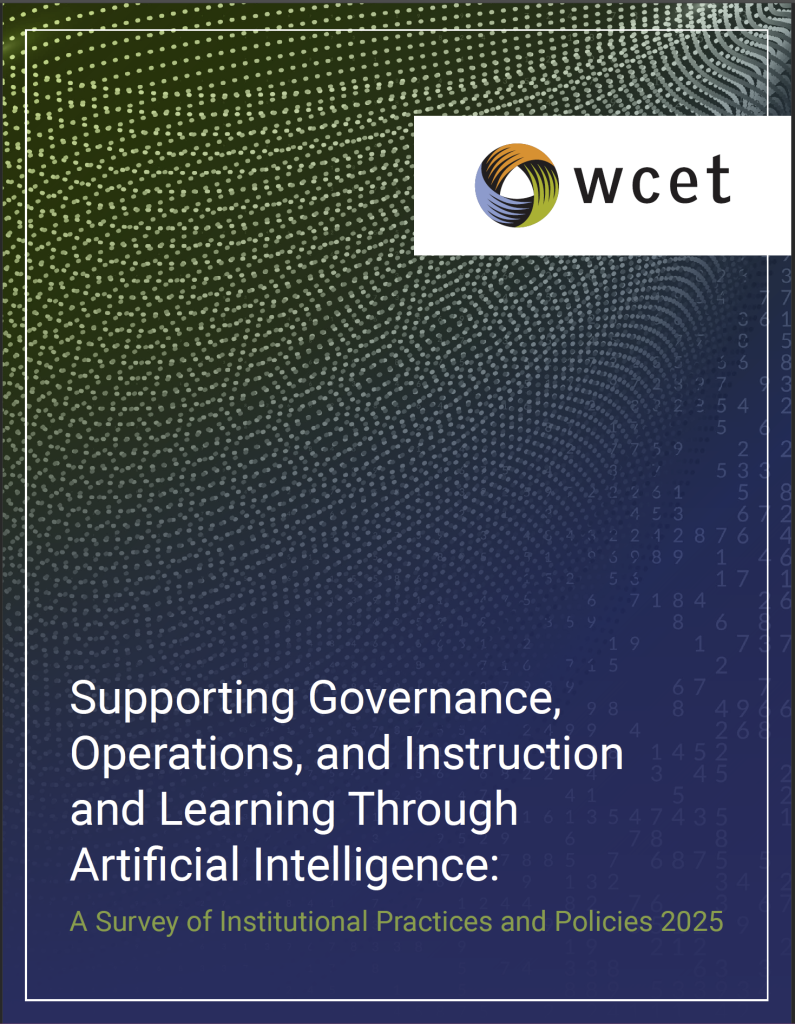At WCET, we’re always inspired by the spaces where innovation in higher education moves from idea to action. From what we understand, the 2025 Badge Summit at the University of Colorado, Boulder, was exactly that kind of moment. What once may have felt like a specialized discussion about badges and digital credentials has grown into a shared movement shaping teaching and learning, and connecting learners with meaningful opportunities.
In this post, Noah Geisel, Microcredentials Program Manager with the Office of the Registrar at the University of Colorado Boulder, captures six takeaways from this year’s Summit that reflect where the field is headed next. These insights show how higher education can lead with clarity, collaboration, and purpose in this exciting new chapter of digital learning.
Enjoy the read,
Lindsey Downs, WCET
This July, nearly 300 people from five continents gathered for the tenth Badge Summit at the University of Colorado, Boulder. The energy felt different this year. It was tangibly less “interesting niche” and more “this is the future of how we’re going to do teaching, learning, and hiring.”
That shift showed up in little ways (more phones out snapping slides) and big ones (the Governor of Colorado speaking on our stage). Below are six takeaways that summarize trends I’m carrying forward – practical things higher ed can use as you design programs, advise learners, and partner with employers.

1) A Governor’s “why” matters, and it’s squarely about outcomes
Colorado Governor Jared Polis helped set and validate the tone of the Badge Summit by focusing on the value of credentials, rather than hype. His message is that short-term, trusted, and verifiable credentials should lead to real opportunities, real wage gains, and real upward mobility. The key to these bold aspirations becoming very achievable realities will be employers’ enthusiasm for co-designing credentials and employers’ willingness to meaningfully consume what we issue. As he put it, we don’t need credentials that “don’t mean anything” to hiring managers.
This proactive, collaborative industry role will be a huge shift for many, though hopefully a welcome one. Recent UPCEA research reports that a majority of employers want to be invited to co-create credentials, suggesting there is an existing appetite on the industry side. This is encouraging for campus leaders tasked with establishing these industry relationships.
The shifting expectations suggested by Governor Polis are not limited to industry. For higher ed, the implication is clear: anchor every microcredential in transparent outcomes and employer use, not just course completion. Best practices of credential transparency were a persistent theme throughout the Badge Summit.
2) Speak plainly (or slow your own progress)
A recurring theme across sessions and hallways: we’ve been self-defeating with jargon. If a credential takes three acronyms and a vocabulary lesson to explain, adoption stalls. The fix is not dumbing down, it is translating. What this movement aspires to do is simple: recognize people’s assets in order to better connect them with opportunities. And yet, our explanations tend to complicate things and slow our progress.
When we frame credentials as evidence of specific, verified skills that employers recognize and can act on, people lean in. Multiple conference conversations suggested that we all need one sentence that learners can repeat to a parent, advisor, or supervisor without losing the thread. For example, Keying Chen of Digital Promise shared that a participant in their session described LERs (Learning and Employment Records) as existing “for people’s unseen superpowers to be seen.”
If you don’t have your single sentence yet, that’s the work. Fortunately, practitioners in the Badge Summit, WCET, UPCEA, AACRAO, and other communities are ready to join your support groups and help with that work!

3) LER readiness is accelerating, design like your audience is listening
In past years, some of the most crucial ideas surrounding the LER Ecosystem drew polite curiosity at Badge Summit. This year, the same concepts were being photographed and live translated into campus “to-do” lists. That tells me two things:
- Awareness is up. The 2025 Badge Summit was the first in which I didn’t hear a single “We don’t need no stinking badges!” movie quote from Blazing Saddles. People (at least roughly) know what LERs and the things making up the LER Ecosystem are, and they (at least roughly) understand why these things matter. As recently as last year, that was not the case. It demonstrates massive progress and, like the ground vibrations ahead of a stampede, suggests acceleration is coming. Attendees observed that what had been a somewhat sparse and lonely place is now feeling tangible density.
- The bar is higher. Stakeholders are moving past “what is it?” to “how do we implement with intention?” If you’ve been waiting for a greener field on which to play, it’s here (Getting Smart’s Mason Pashia posted a great conference recap that covers myriad specific initiatives and technology implementations). The Summit’s sessions reflect an ongoing pivot from theory to practice, including an on-site T3 Innovation Network Mid-Year Meeting to dig into the essential next step after digital credentials are earned and issued: consuming those credentials at scale.
4) Move from learner agency to learner responsibility, and design for pride
We talk a lot about “empowering learners.” This year, I heard (and tried to model) the next step: earner responsibility. That entails:
- Earners know what credential signals are and where they fit in their personal story.
- They expect (and are expected) to do something with it—share it, explain it, and apply it.
- Earners access systems that make it easy, predictable, and rewarding to act on their responsibilities.
Michal Nowakowski, whose team at the Educational Research Institute is leading Poland’s national micro-credentials effort, provided a Badge Summit highlight with a provocative design question for campuses: “Will a learner feel proud to show this to someone who matters?”
If the answer is “maybe,” keep iterating. Pride isn’t vanity; it’s a proxy for clarity and relevance, which can be a top signal that we’re doing things right.
5) The LER ecosystem has begun clicking – because it’s interconnected
A few years ago, the prevailing mental model for many higher ed constituents was “create → issue → (maybe) monetize.” There is an emerging appreciation for a broader model of an ecosystem that recognizes credential earning and issuing as being parts of a larger whole. This awareness is huge, as disparate and isolated acts are unhealthy to an ecosystem.
For the first time, this year’s Badge Summit witnessed mainstream notions that the LER ecosystem features more stakeholders, and that each has interconnected and interdependent roles in relation to the others. An (overly simplified summary) of the trending understanding of what this ecosystem needs and how it functions:
- Opportunity providers (employers) transparently communicate skills needs.
- Learning providers (like post-secondary institutions) create programming for people to acquire skills and, importantly, validate when skills are acquired.
- Opportunity providers and learning providers issue credentials for skills that are verifiable, trusted, and explicit about what each credential is credentialing.
- Learners actively use their credentials after earning them.
- Opportunity providers implement technology systems to meaningfully consume credentials, allowing themselves to efficiently, effectively, and equitably match talent and opportunity on a scale.
Versions of this emerging understanding were evident in mainstage plenaries, breakout sessions, tool demonstrations, hallway conversations, and hands-on sessions. For a snapshot, I recommend Lisa Young’s brilliant recap of the first-ever “LER Petting Zoo” activation, in which attendees experienced the process of actually earning and operationalizing digital credentials.
6) What “all learning counts” can mean for higher ed
“All learning counts” was a frequent refrain. For institutions, that’s not a slogan; it’s an operational choice. Four questions to pressure-test your readiness for the provocations that were already percolating at Badge Summit:
- Admissions & placement: Can verified prior learning actually move students faster, cheaper, and further?
- Advising, Student Success, & Career Services: Do staff members have playbooks for helping students use credentials (transfer, PLA, scholarships, internships, jobs, tutoring, mentorship, gap analysis, etc.) to better understand themselves, identify possible futures, and access opportunities?
- Programs & partnerships: Are employer-validated outcomes built in (and refreshed) at the program level?
- Recognition of the formative: What are the opportunities to go beyond summative credentialing and also utilize recognition of formative learning and achievement?
- Formal recognition beyond the curriculum: In this moment of degrees facing global challenges, how might the institution validate and recognize meaningful college experiences that both tell individuals’ stories and highlight the value of post-secondary attainment?
A closing nudge
Ten years is a long time in the life of a conference. And for a conference rooted in the power of recognition and storytelling, there was a consistent narrative that recognized the practitioners in this space as passionate changemakers who share a profound and audacious belief that they are part of an important movement underway to make the world a better place. While the precise image of our future remains blurred, conference attendees seem confident in a vision of what the impact can be.
More concretely, the message I’m taking forward from the trends at this year’s Badge Summit is simple: clarity beats cleverness, and value beats volume. When credentials are built with employer input, readable by design, and compelling enough that learners are proud to share them, everyone wins. Especially the people our systems haven’t served well enough and long enough.
If this resonates, I invite you to join us next year, from July 13 – 15, in Boulder, Colorado!


































